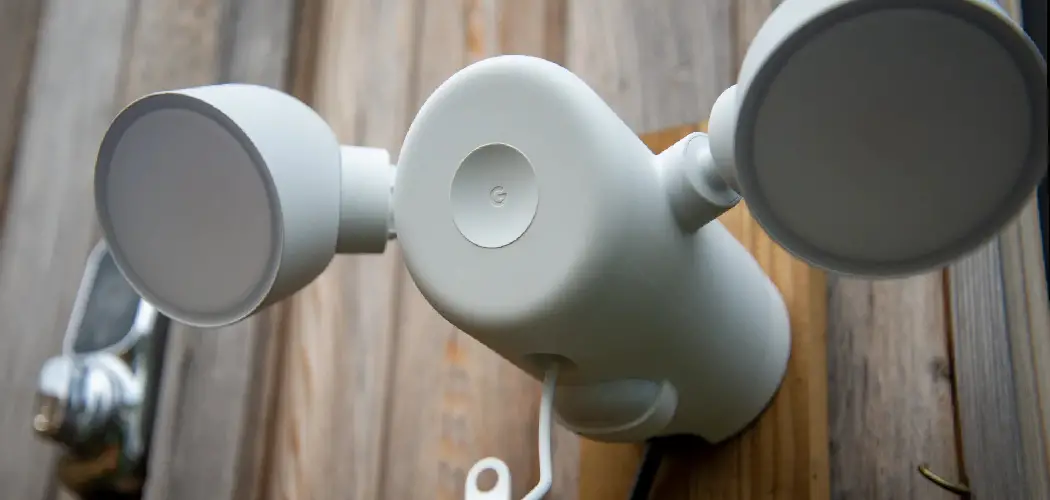Integrating motion sensors with CCTV systems is a smart strategy to enhance surveillance efficiency and security. By detecting motion, these sensors prompt cameras to start recording, ensuring that crucial footage is captured whenever activity is detected. Connecting a motion sensor to your CCTV setup may seem daunting at first, but with the right approach, it can be a straightforward process.
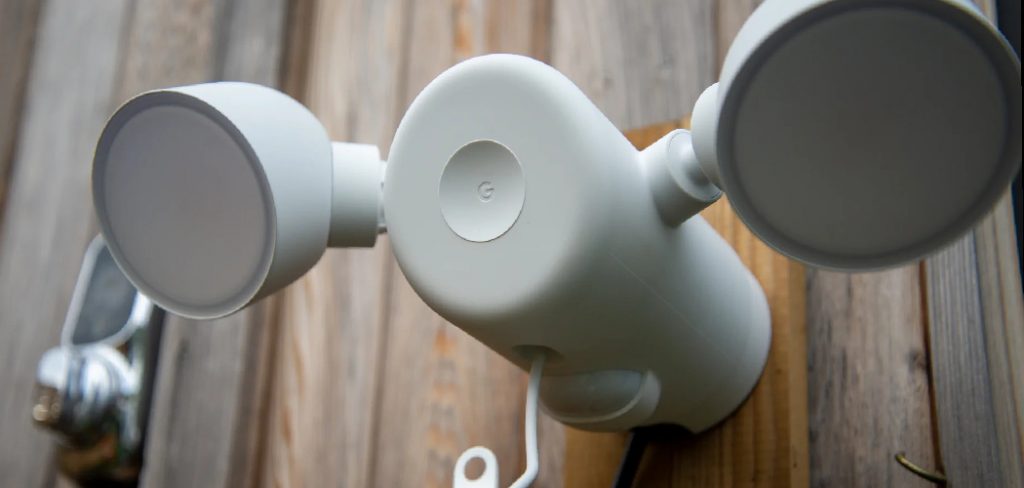
In this comprehensive guide, we’ll delve into the step-by-step method of how to connect motion sensor to CCTV system. From selecting compatible components to configuring settings for optimal performance, we’ll cover everything you need to know to effectively bolster your property’s surveillance capabilities. Whether you’re a seasoned technician or a DIY enthusiast, mastering the art of connecting motion sensors to CCTV cameras will undoubtedly provide invaluable peace of mind and security for your home or business.
Importance of Motion Sensors in CCTV Systems
The importance of motion sensors in CCTV systems cannot be overstated. These innovative devices play a pivotal role in maximizing the efficiency and effectiveness of security surveillance. By integrating motion sensors, CCTV systems are able to allocate resources more intelligently—focusing on recording and alerting security personnel only when there is movement. This not only conserves storage space by preventing unnecessary footage but also ensures that the attention of security teams is directed towards actual potential threats.
Furthermore, motion sensors significantly enhance the responsiveness of security systems. In the event of unauthorized entry or suspicious activity, the sensors trigger immediate recording, capturing critical moments that might otherwise go unnoticed. This functionality is crucial for both deterrence of criminal activity and the collection of evidence. Ultimately, motion sensors transform CCTV systems from passive recording devices into dynamic, proactive security tools.
Benefits of Integrating Motion Sensors with CCTV Cameras
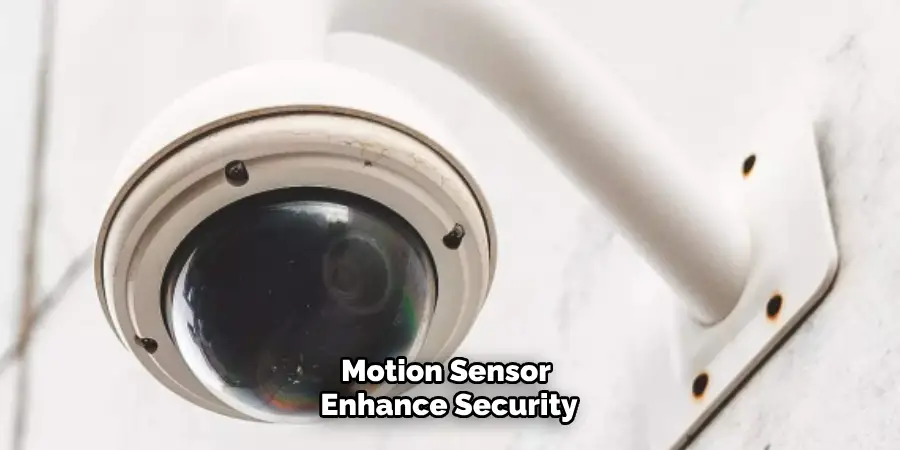
Integrating motion sensors with CCTV cameras offers a multitude of benefits that enhance security measures exponentially. Firstly, it leads to increased efficiency in monitoring and surveillance operations. The sensors ensure that cameras record only when there is movement, reducing the amount of unnecessary footage and significantly saving on storage space. This selectivity allows for easier and quicker reviewing of relevant video recordings, streamlining the process of identifying suspicious activities.
Secondly, the integration enhances the overall security system’s effectiveness by ensuring a prompt response to potential intrusions or disturbances. By immediately activating the recording function upon detection of motion, these systems can catch crucial moments that would be invaluable during security assessments or legal proceedings.
Another significant advantage is the cost-effectiveness of motion sensor-equipped CCTV systems. Since the cameras operate and record based on motion detection, there is a considerable reduction in power consumption and storage requirements. This selective recording approach not only extends the life of the recording medium but also decreases operational costs over time.
Furthermore, the presence of motion sensors with CCTV cameras acts as a deterrent to potential intruders. The knowledge that their movements are more likely to trigger recording can discourage unauthorized access, thus enhancing the preventive aspect of surveillance.
Lastly, integrating motion sensors with CCTV systems allows for a customizable security setup. Depending on the sensitivity settings of the motion sensors, you can tailor the system to ignore minor movements, such as those of small animals, while still detecting more significant activities. This level of customization ensures that the security system is both efficient and adaptable to the specific needs of the property being monitored.
Understanding Motion Sensors
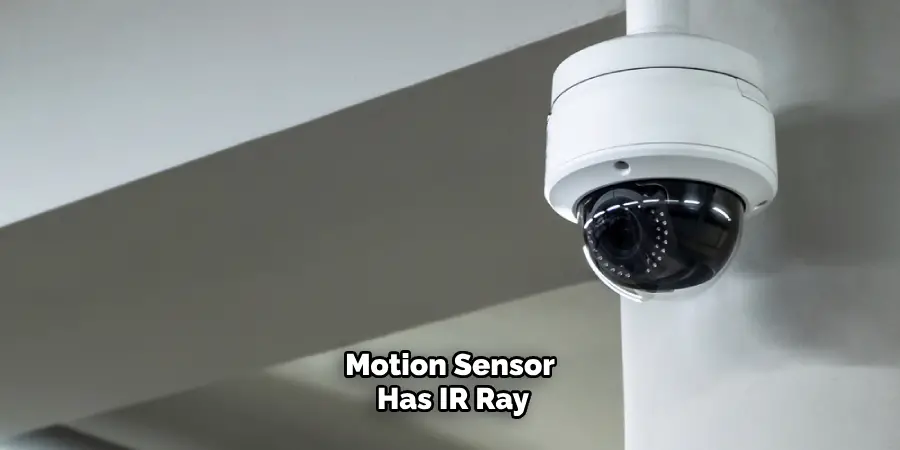
Motion sensors, fundamental components in modern security systems, operate on several principles to detect movement within their vicinity. These devices typically utilize infrared (PIR – Passive Infrared), microwave, or dual technology methods to sense changes in the environment that indicate motion.
Infrared sensors, the most common type used in conjunction with CCTV systems, detect changes in heat levels caused by the movement of people or objects. Microwave sensors emit microwaves and analyze the reflection patterns to recognize motion, offering a broader range of detection compared to PIR sensors. Dual technology sensors combine both methods to reduce false alarms, leveraging the strengths of each technology.
The sensitivity and range of motion sensors can vary, making it essential to select the right type based on the specific requirements of the area to be monitored. Sensitivity settings can often be adjusted to minimize false alarms triggered by small animals or other insignificant movements. Additionally, the installation location of motion sensors plays a critical role in their effectiveness. Ideally, they should be positioned to cover strategic areas where movement is most likely to occur, ensuring optimal coverage and responsiveness of the CCTV system.
By understanding the operational mechanics of motion sensors, one can appreciate their value in enhancing security surveillance. Not only do they provide real-time alerts to changes in their environment, but they also significantly contribute to the strategic planning and deployment of comprehensive CCTV systems.
Types of Motion Sensors Suitable for CCTV
Choosing the right motion sensor for a CCTV system is crucial for ensuring optimal performance and security efficiency. Below are the primary types of motion sensors that are commonly integrated with CCTV cameras, each with unique attributes catering to different surveillance needs:
- Passive Infrared (PIR) Sensors: These are the most widely used type of motion detectors in CCTV systems. They operate by detecting changes in the infrared (heat) levels emitted by moving objects, making them highly effective in identifying the presence of people or animals. PIR sensors are advantageous for indoor applications, providing high sensitivity and cost-effectiveness.
- Microwave Sensors: Utilizing microwave pulse technology, these sensors detect motion through the emission and reception of microwave signals. They offer a larger coverage area than PIR sensors and are less susceptible to temperature variations, making them suitable for both indoor and outdoor use. However, they can be more prone to false alarms triggered by electrical interference and reflections.
- Dual Technology Sensors: Combining the principles of PIR and microwave sensors, dual technology motion detectors offer increased reliability by requiring both heat and movement to trigger an alarm. This significantly reduces the chance of false positives, as both criteria must be met. These sensors are ideal for challenging environments where conditions may lead to misleading alerts from single-technology sensors.
- Ultrasonic Sensors: These motion detectors emit ultrasonic waves and analyze the echoed waves that bounce back to the sensor. Movement alters the frequency of the returning sound waves, indicating the presence of motion. Ultrasonic sensors provide comprehensive coverage and are versatile for both indoor and outdoor settings. However, they can be sensitive to environmental factors such as wind and temperature changes.
- Video Motion Detectors (VMD): VMDs analyze video images from CCTV cameras to detect movement. By comparing sequential frames for changes, these sensors can pinpoint activity within a specific area of the view. Video motion detectors allow for a high level of accuracy and customization, including defining specific zones for motion detection within the camera’s field of view. They are particularly effective in settings where visual verification of movement is essential.
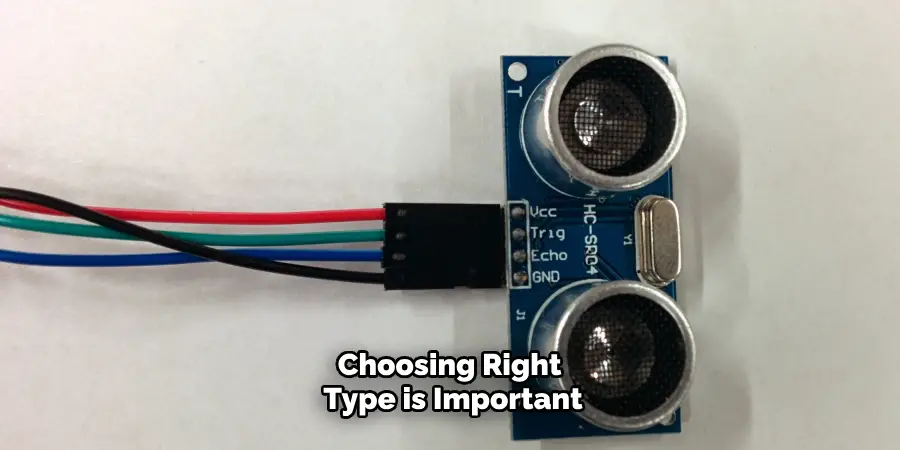
Each type of motion sensor has its distinctive advantages and limitations. Selecting the appropriate sensor involves considering the surveillance environment, the system’s specific needs, and potential interference factors. By integrating the most suitable motion sensors with CCTV cameras, one can significantly enhance the effectiveness and accuracy of their security surveillance system.
Factors to Consider When Choosing a Motion Sensor
When selecting a motion sensor for a CCTV system, several critical factors must be considered to ensure the sensor meets the specific security requirements and environmental conditions of the area to be monitored. Here are key considerations:
- Detection Range and Coverage Area: The sensor’s ability to detect movement over a specific distance and within a designated area is crucial. Depending on the size and layout of the monitored space, you should choose a sensor with an appropriate detection range and coverage area to ensure comprehensive surveillance.
- Type of Detection Technology: Each sensor technology (PIR, microwave, ultrasonic, or dual technology) has its strengths and weaknesses. Understanding the environment in which the sensor will operate can help in selecting the most suitable technology, balancing sensitivity and reducing false alarms.
- Environmental Conditions: Environmental factors such as temperature fluctuations, humidity, and the presence of small animals can affect a motion sensor’s performance. It’s important to select a sensor that is designed to operate effectively under the specific conditions of its intended location.
- Installation Location: The placement of motion sensors can significantly impact their effectiveness. Consideration should be given to the height of installation, potential obstacles, and the strategic coverage of entry points and sensitive areas.
- Adjustability and Customization Options: The ability to adjust sensitivity settings and customize detection zones can greatly enhance a sensor’s effectiveness and reduce the occurrence of false alarms. Look for sensors that offer easy adjustability and configuration to suit your specific needs.
- Compatibility with Existing Security Systems: Ensuring that the motion sensor is compatible with your current CCTV system and any other security components is essential for seamless integration and operation.
- Power Requirements and Connectivity Options: Consider the power supply needs and the connectivity options (wired vs. wireless) of the motion sensor to ensure it fits within the infrastructure of your surveillance system.
By carefully considering these factors, you can select a motion sensor that enhances the security and efficiency of your CCTV surveillance system, providing accurate detection and minimizing false alarms.
Compatibility Check for Motion Sensor Integration
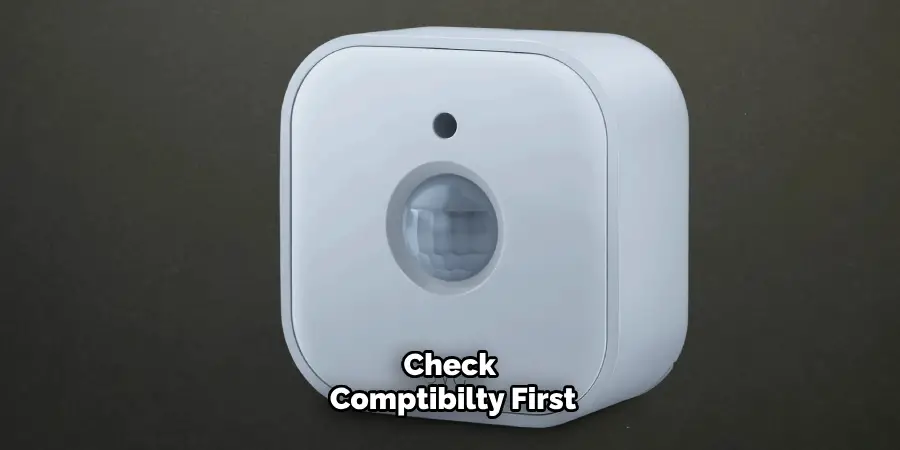
Before integrating a new motion sensor into an existing CCTV surveillance system, conducting a thorough compatibility check is essential. This process ensures that the chosen motion sensor will operate effectively with the existing setup, maximizing security benefits while minimizing potential technical issues. The compatibility check should cover several key aspects:
- System Interface and Communication Protocols: Verify that the motion sensor uses the same communication protocols as the existing CCTV system. This includes checking for compatibility with any centralized management software being used for system control and monitoring.
- Video and Data Integration: For video motion detectors (VMDs), it’s crucial to ensure that the sensor can interface correctly with the camera models in use. This includes compatibility with the camera’s resolution, frame rate, and data format to enable effective analysis and detection.
- Power Supply Compatibility: Assess whether the motion sensor’s power requirements align with the available power supply solutions within the surveillance setup. This includes considering voltage requirements and the need for additional power sources or adapters.
- Installation Environment: Confirm that the motion sensor’s performance characteristics match the environmental conditions of the intended installation site. This pertains to operating temperature ranges, resistance to weather conditions for outdoor sensors, and avoidance of areas with potential for electromagnetic interference.
- Physical Connectivity: For wired motion sensors, it’s necessary to check the types of cables and connectors required and ensure they are compatible with the existing infrastructure. This includes the distance limitations of cable runs to maintain signal integrity.
- Expandability and Future Upgrades: Consider whether the motion sensor supports future system expansions or upgrades. This includes the ability to add more sensors or to integrate with advanced security technologies that may be adopted later.
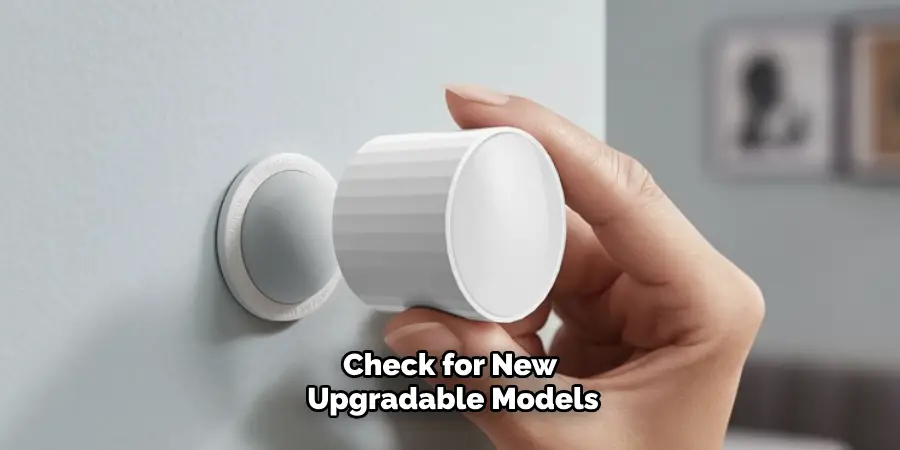
Performing a comprehensive compatibility check as outlined above will greatly assist in the seamless integration of motion sensors into CCTV systems, ensuring enhanced security coverage and system reliability.
10 Methods How to Connect Motion Sensor to Cctv
Method 1: Basic Wired Connection
This method is ideal for users seeking a straightforward and reliable connection between motion sensors and CCTV cameras. We’ll cover the step-by-step process of wiring motion sensors directly to the CCTV system, including selecting suitable cables, positioning sensors strategically, and configuring settings for seamless operation.
Method 2: Wireless Motion Sensor Integration
For those looking to minimize wiring and simplify installation, wireless motion sensor integration offers a convenient solution. We’ll discuss compatible wireless protocols, pairing procedures, and troubleshooting tips to ensure smooth communication between motion sensors and CCTV cameras without the need for physical cables.
Method 3: Integration via CCTV Control Panel
Many modern CCTV systems come equipped with a centralized control panel that facilitates the integration of additional devices such as motion sensors. In this method, we’ll explore how to connect motion sensors to the CCTV control panel, configure settings, and synchronize motion detection triggers with camera recording and monitoring functions.
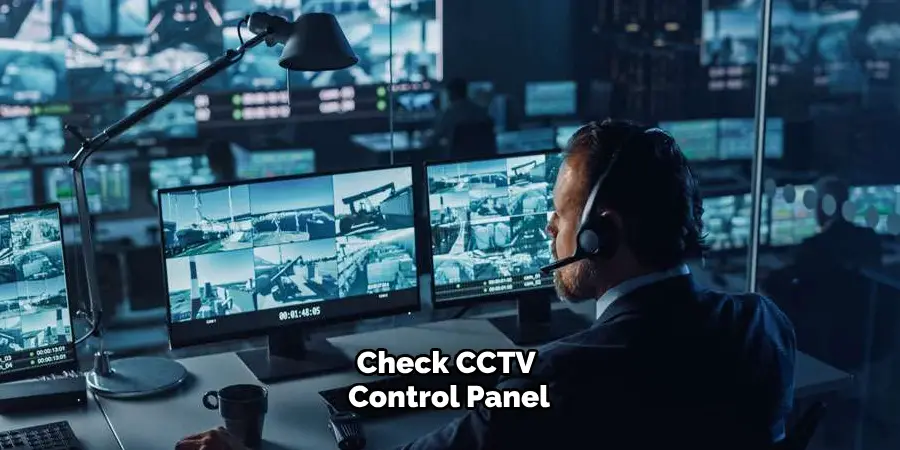
Method 4: Network-Enabled Motion Sensor Integration
For users with IP-based CCTV systems, network-enabled motion sensors provide a flexible and scalable integration solution. We’ll delve into the setup process for network-connected motion sensors, including IP address assignment, protocol configuration, and integration with CCTV camera feeds via the local network or internet connection.
Method 5: Smart Home Hub Integration
Home automation enthusiasts can leverage smart home hubs to integrate motion sensors with their CCTV systems and other connected devices. We’ll explore popular smart home ecosystems such as Amazon Alexa, Google Assistant, and Apple HomeKit, discussing integration methods, voice command capabilities, and automation scenarios for enhanced security.
Method 6: Mobile App Integration
With the proliferation of mobile devices, integrating motion sensors with CCTV systems via dedicated mobile apps offers convenience and accessibility. We’ll guide users through the process of downloading, installing, and configuring mobile apps compatible with their CCTV system, enabling remote monitoring, motion alerts, and camera controls on-the-go.
Method 7: Cloud-Based Integration
Cloud-based CCTV systems offer remote access, storage, and management capabilities, making them suitable for users seeking seamless integration with motion sensors. We’ll explore cloud-based platforms and services that support motion sensor integration, including setup procedures, subscription options, and data privacy considerations.
Method 8: Third-Party Integration Platforms
For users with diverse security devices and systems, third-party integration platforms provide interoperability and centralized control. We’ll discuss popular integration platforms such as IFTTT (If This, Then That), Zapier, and OpenHAB, demonstrating how to create custom automation rules that trigger CCTV actions based on motion sensor events.
Method 9: AI-Powered Integration
Advanced AI algorithms can enhance motion sensor-CCTV integration by enabling intelligent detection, classification, and response to motion events. We’ll explore AI-powered solutions for CCTV systems, including object recognition, behavior analysis, and anomaly detection, and discuss implementation considerations for maximizing security effectiveness.
Method 10: Custom Integration Solutions
For users with unique requirements or specialized security setups, custom integration solutions offer flexibility and tailored functionality. We’ll provide guidance on designing and implementing custom integration solutions using APIs (Application Programming Interfaces), SDKs (Software Development Kits), and DIY electronics platforms, empowering users to create bespoke motion sensor-CCTV integrations tailored to their specific needs.
Conclusion
By exploring these ten comprehensive methods for connecting motion sensors to CCTV systems, you’ve gained valuable insights into the diverse integration options available for enhancing security and surveillance capabilities. Whether you prefer wired or wireless connections, centralized control or decentralized automation, there’s a method suitable for every application and preference.
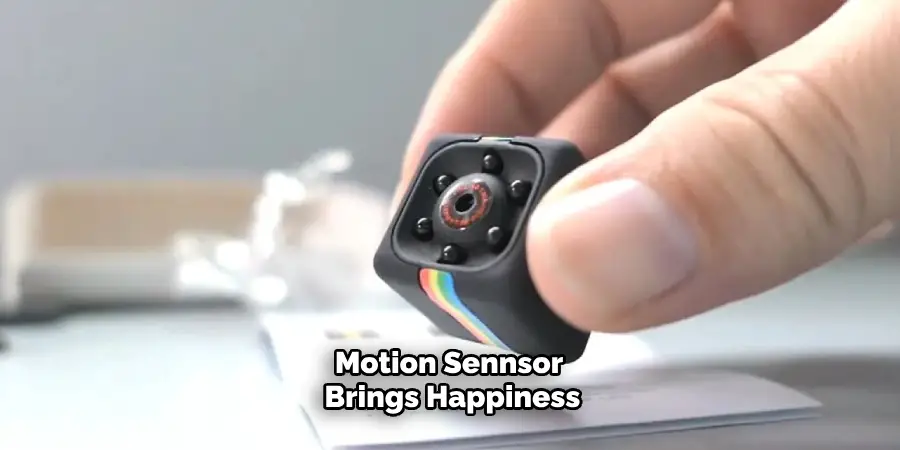
By following the detailed instructions and best practices provided, you can confidently implement a motion sensor-CCTV integration solution that meets your security needs and provides peace of mind knowing that your property is protected against unauthorized access and intrusions. Be sure to follow all instructions on how to connect motion sensor to cctv carefully, and always consult an expert when in doubt.

